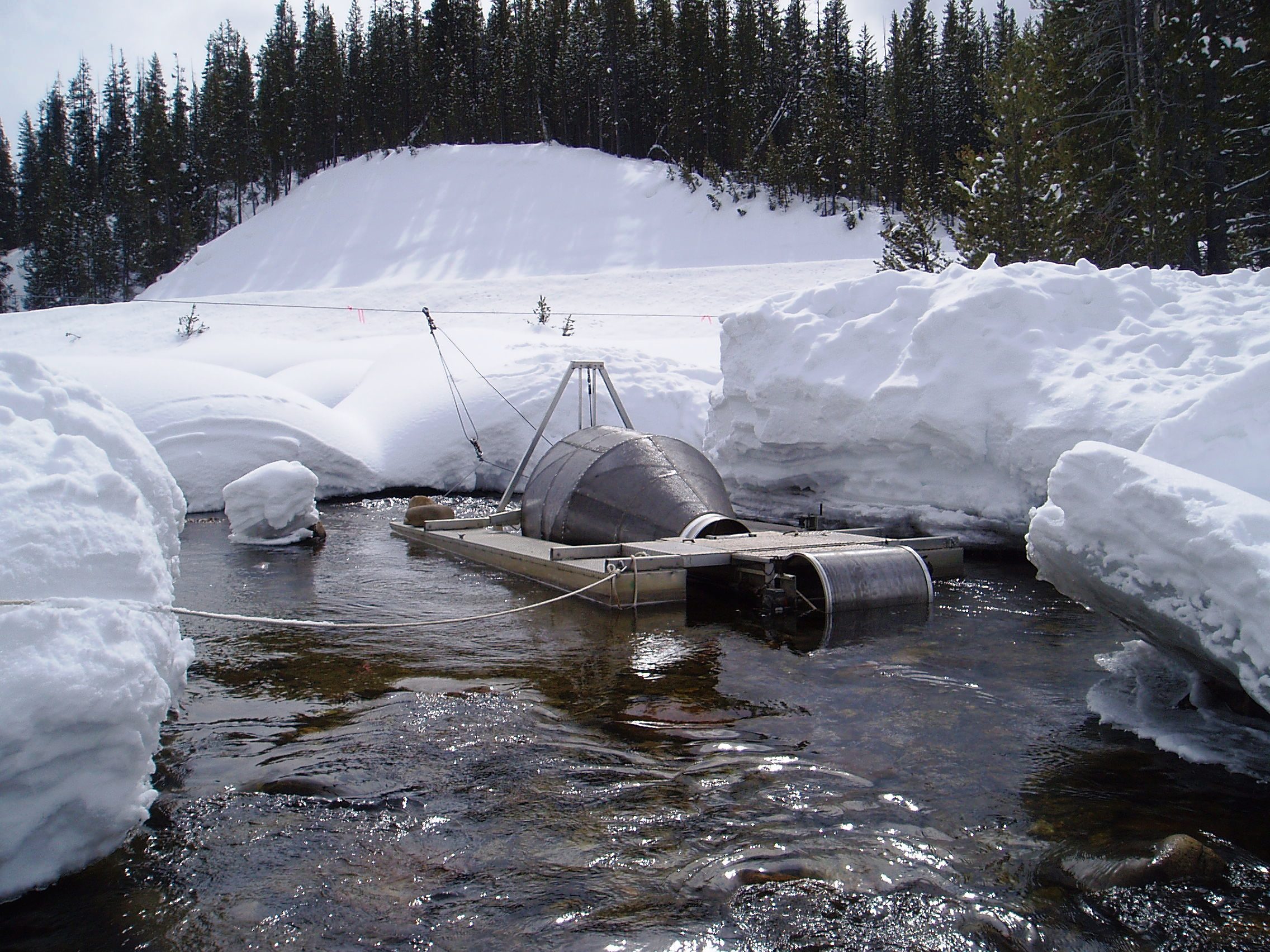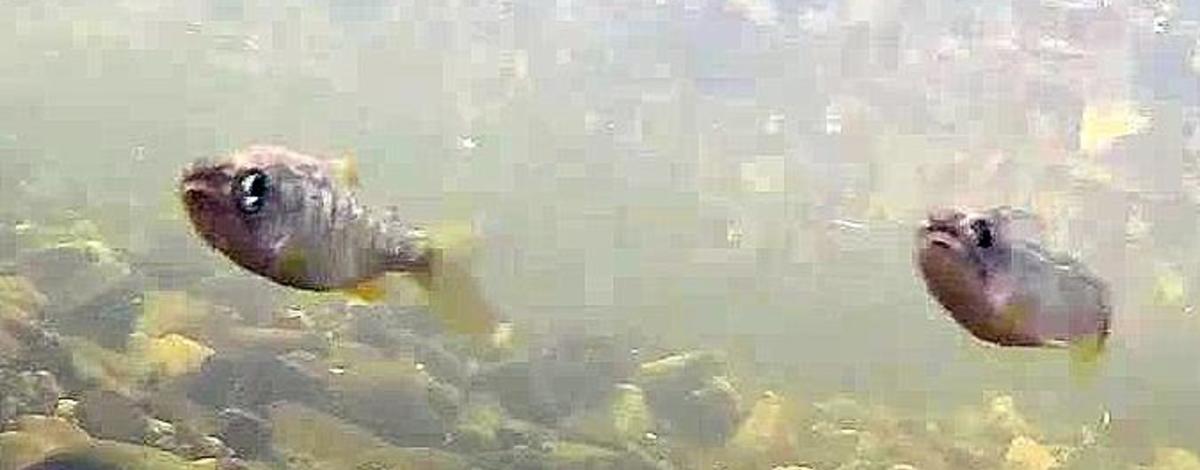Salmon were made to move and they start while very young. In Idaho, baby salmon start spreading out soon after hatching out from their gravel nests in early spring to find good habitat. Some roam in summer looking for food and shelter. Here is a fish eye view of what that looks like. Many head downstream in the fall to larger rivers to find a good place to spend the long Idaho winter. These young salmon will then wait through winter until the next spring, when they ride the high water of spring snow melt on the long journey to the Pacific Ocean.
Young salmon start looking for quality habitat to feed and grown shortly after hatching. They will spend about a year in Idaho rivers before migrating to the Pacific Ocean. Video courtesy of Scott Putnam, IDFG.
Biologists study young salmon and steelhead in the wild to learn about their behavior, abundance and migrations. Tagging young salmon on their way to the ocean gives biologists critical information to understand how many survive to reach the ocean, how long they live, and helps estimate how many to expect to return each year. To catch young salmon, biologists install special traps that operate all year long (except during winter). The trap floats on pontoons in a stream with a cone facing upstream and extending into the water. The cone rotates, scooping up fish going downstream, and gently pushing them into a closed box.

The Marsh Creek rotary screw trap, just after being installed in March. Screw traps like this are critical tools biologists use to capture and study migrating juvenile salmon and steelhead as they move throughout Idaho rivers.
The young salmon are counted daily, measured, some are tagged, and then all are released to continue on their way. We found that in places like Fish Creek and Marsh Creek, over 80% of young salmon and steelhead leave between late summer and winter. This work allows biologists to estimate how many young salmon come from Idaho streams and how well they survive once they leave. For more information about how we study and manage wild salmon, see the rest of the Wild Salmon & Steelhead web page.

